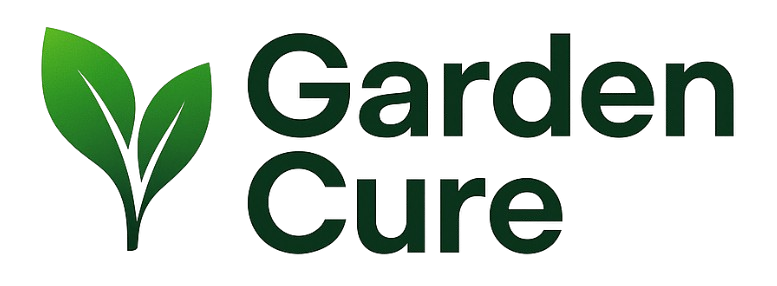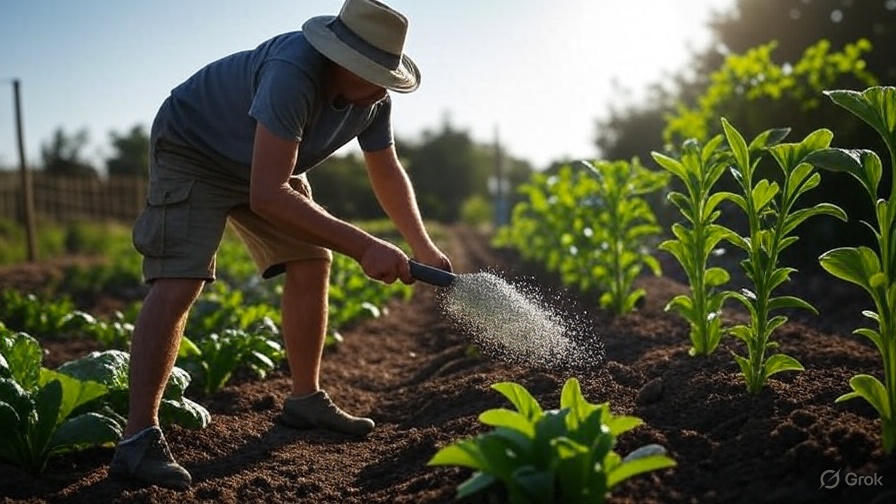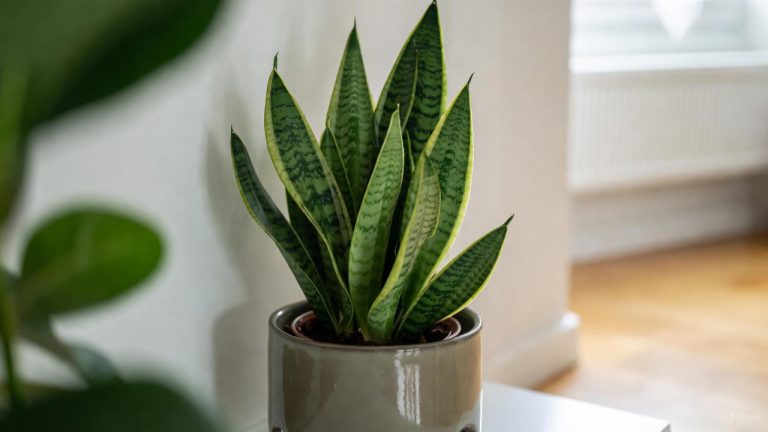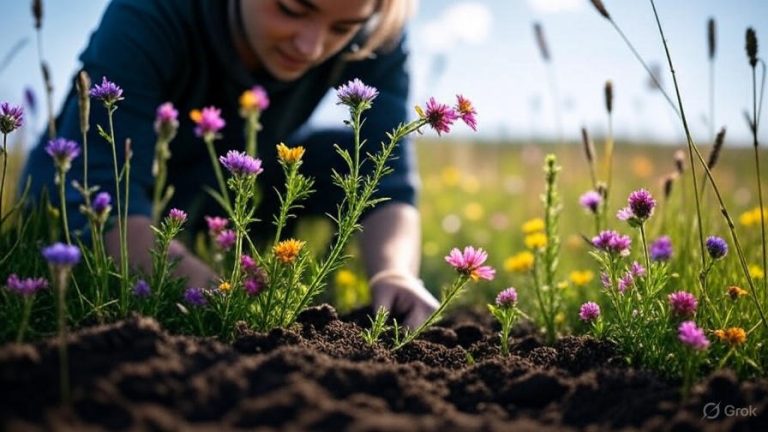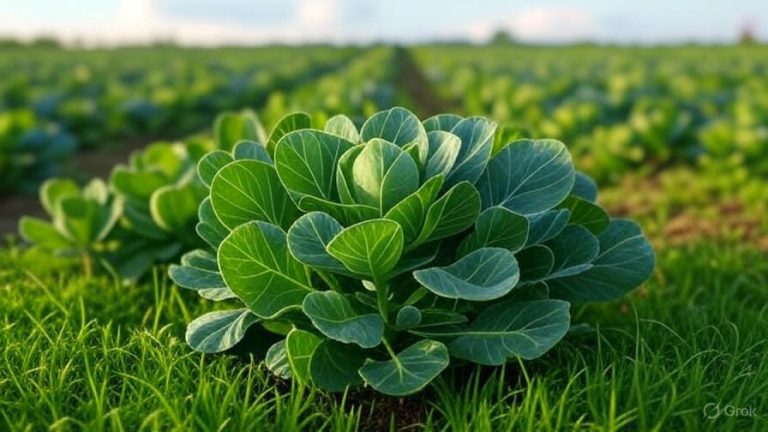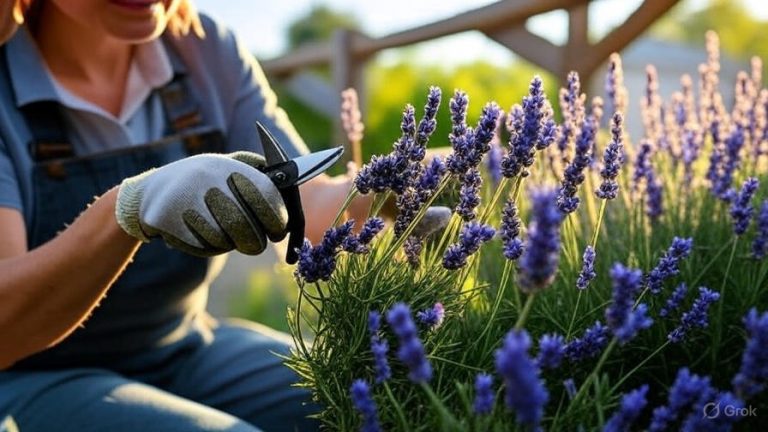How to Apply 10-10-10 Fertilizer to Your Vegetable Garden
Growing a thriving vegetable garden requires proper nutrition, and 10-10-10 fertilizer stands as one of the most popular balanced fertilizers for home gardeners. This comprehensive guide will walk you through everything you need to know about applying this versatile plant food to maximize your harvest and keep your vegetables healthy throughout the growing season.
What Makes 10-10-10 Fertilizer Special for Vegetable Gardens
The numbers 10-10-10 represent the three primary nutrients essential for plant growth: nitrogen (N), phosphorus (P), and potassium (K). Each number indicates the percentage of that nutrient contained in the fertilizer. This balanced formula provides equal amounts of all three macronutrients, making it ideal for general garden use.
Nitrogen promotes leafy green growth and helps plants develop strong stems and foliage. Vegetable crops like lettuce, spinach, and kale particularly benefit from adequate nitrogen levels. Phosphorus supports root development, flower formation, and fruit production. Tomatoes, peppers, and beans rely heavily on phosphorus for healthy blooms and productive yields. Potassium strengthens plant cell walls, improves disease resistance, and helps vegetables withstand environmental stress.
The balanced nature of 10-10-10 fertilizer makes it suitable for most vegetable gardens because it addresses the basic nutritional needs of diverse crops without creating nutrient imbalances. Unlike specialized fertilizers that target specific growth phases, this all-purpose formula works well for gardeners who grow multiple vegetable varieties in the same space.
Timing Your Fertilizer Applications Throughout the Season
Successful fertilizer application depends heavily on timing. Spring marks the ideal time for your first application when you prepare garden beds for planting. Apply 10-10-10 fertilizer two to three weeks before your last expected frost date. This timing allows nutrients to integrate into the soil before you transplant seedlings or direct-sow seeds.
Early summer calls for a second application, typically 6-8 weeks after planting. Most vegetables enter their rapid growth phase during this period and require additional nutrients to support increased metabolic activity. Observe your plants for signs they need feeding: pale green leaves, slow growth, or reduced flowering often indicate nutrient deficiency.
Mid-summer applications become necessary for long-season crops like tomatoes, peppers, eggplant, and winter squash. These heavy feeders continue producing throughout the growing season and quickly deplete soil nutrients. Apply fertilizer every 4-6 weeks during peak growing months to maintain consistent nutrition.
Late summer applications should focus on crops that will continue producing into fall. Cool-season vegetables like broccoli, Brussels sprouts, and late-planted lettuce benefit from a final feeding in late August or early September, depending on your climate zone.
Calculating the Right Amount for Your Garden Size
Proper application rates prevent both under-feeding and over-fertilizing your vegetables. For new garden beds, apply 1-2 pounds of 10-10-10 fertilizer per 100 square feet. This rate provides adequate nutrition for most vegetable crops without risking nutrient burn or environmental runoff.
Established gardens typically require less fertilizer because previous applications have built up soil nutrient levels. Use 1 pound per 100 square feet for gardens that received fertilizer the previous season. Sandy soils may need higher application rates because nutrients leach away more quickly, while clay soils retain nutrients longer and may require less frequent applications.
Individual plant feeding rates vary by crop type and size. Large plants like tomatoes and peppers need 1-2 tablespoons of fertilizer per plant, applied in a circle around the base but not touching the stem. Medium-sized plants such as broccoli and cabbage require 1 tablespoon per plant. Small crops like lettuce and radishes need only 1 teaspoon per plant or per foot of row.
Container gardens require different calculations because potted plants have limited soil volume. Use 1 tablespoon of 10-10-10 fertilizer per gallon of soil capacity. A 5-gallon container would receive 5 tablespoons of fertilizer, mixed into the top 2-3 inches of potting mix.
Step-by-Step Application Methods That Work
Broadcasting represents the most common method for applying granular 10-10-10 fertilizer to vegetable gardens. Start by measuring your garden area to calculate the exact amount needed. Use a mechanical spreader or apply by hand, wearing gloves to protect your skin from direct contact with fertilizer granules.
Spread fertilizer evenly across the soil surface when plants are dry to avoid fertilizer sticking to wet foliage. Work systematically across your garden in overlapping passes to ensure uniform coverage. Pay special attention to avoid heavy concentrations in any one area, which can burn plant roots or create uneven growth patterns.
Band application works well for row crops like beans, corn, and root vegetables. Create shallow furrows 2-3 inches to the side of plant rows and sprinkle fertilizer into these bands. This method places nutrients close to developing root systems while keeping granules away from plant stems and leaves.
Side-dressing suits established plants that need additional nutrition during the growing season. Apply fertilizer in a circle around individual plants or along both sides of crop rows. Keep fertilizer at least 4 inches away from plant stems to prevent root burn and allow nutrients to reach the entire root zone.
Incorporation methods involve mixing fertilizer into the soil rather than leaving it on the surface. Use a garden rake or hoe to work granules into the top 2-4 inches of soil. This technique helps prevent nutrient loss from wind and rain while placing fertilizer closer to plant roots.
Watering Techniques After Fertilizer Application
Proper watering activates granular fertilizer and helps nutrients reach plant roots. Apply 1/2 to 1 inch of water immediately after spreading fertilizer granules. This initial watering dissolves the granules and begins the nutrient release process.
Gentle watering prevents fertilizer granules from washing away or concentrating in low spots. Use a sprinkler with fine droplets or a soaker hose rather than high-pressure watering that can scatter granules unevenly. Water slowly and thoroughly to allow soil to absorb moisture without creating runoff.
Deep watering promotes better nutrient uptake than frequent shallow watering. Soak the soil to a depth of 6-8 inches to encourage roots to grow deeper and access nutrients throughout the root zone. Deep roots also help plants withstand drought stress and utilize nutrients more efficiently.
Monitor soil moisture levels in the days following fertilizer application. Maintain consistent moisture without waterlogging, which can cause nutrient leaching and root problems. Most vegetables need about 1 inch of water per week from rainfall and irrigation combined.
Safety Measures and Protective Equipment
Personal protection prevents skin and respiratory irritation when handling fertilizer. Wear long sleeves, long pants, and closed-toe shoes when applying granular fertilizer. Chemical-resistant gloves protect your hands from direct contact with fertilizer salts, which can cause skin irritation or chemical burns.
Eye protection becomes essential when working with granular fertilizers, especially on windy days. Safety glasses or goggles prevent fertilizer dust from entering your eyes. A dust mask protects your respiratory system from inhaling fine particles during application.
Pet and children safety requires keeping family members away from freshly fertilized areas until after the first watering. Store unused fertilizer in original containers with tight-fitting lids, away from children and pets. Never allow fertilizer to contact pet food or water bowls.
Environmental protection involves applying fertilizer only when rain is not expected within 24 hours. Heavy rainfall can wash nutrients into storm drains, streams, and groundwater. Check weather forecasts before fertilizing and postpone applications if storms are predicted.
Common Application Mistakes to Avoid
Over-fertilizing ranks as the most frequent mistake home gardeners make with 10-10-10 fertilizer. Excessive nitrogen causes rapid, weak growth that attracts pests and makes plants susceptible to disease. Too much phosphorus can interfere with the uptake of other nutrients, particularly iron and zinc. Excess potassium may cause magnesium and calcium deficiencies.
Fertilizer burn occurs when granules contact plant leaves or stems, especially when plants are wet. Always apply fertilizer to dry plants and water thoroughly afterward to wash any granules off foliage. Concentrated piles of fertilizer can damage or kill plant roots, so distribute granules evenly across the application area.
Wrong timing reduces fertilizer effectiveness and may harm plants. Avoid fertilizing during hot, dry periods when plants are stressed. Don’t apply fertilizer to frozen ground or when heavy rains are forecast. Late-season applications can stimulate new growth that won’t harden off before frost.
Ignoring soil conditions leads to poor fertilizer performance. Highly acidic or alkaline soils can tie up nutrients, making them unavailable to plants despite adequate fertilizer application. Test your soil pH and adjust if necessary before applying fertilizer.
Soil Testing and pH Considerations
Soil testing provides valuable information about existing nutrient levels and helps you apply fertilizer more effectively. Home test kits or professional soil analysis reveal current nitrogen, phosphorus, and potassium levels in your garden soil. This information helps you determine if 10-10-10 fertilizer is the best choice or if your soil needs a different nutrient balance.
pH levels significantly affect nutrient availability in garden soil. Most vegetables grow best in slightly acidic to neutral soil with a pH between 6.0 and 7.0. When soil pH falls outside this range, plants cannot absorb nutrients efficiently, even when adequate fertilizer is present.
Acidic soils with pH below 6.0 can tie up phosphorus and potassium, making these nutrients unavailable to plants. Add agricultural lime to raise soil pH and improve nutrient availability. Apply lime in fall or early spring, several weeks before fertilizing.
Alkaline soils with pH above 7.5 can limit the availability of iron, manganese, and other micronutrients. Sulfur applications can help lower soil pH gradually over time. Work sulfur into the soil in fall for best results.
Organic Matter and Fertilizer Interactions
Compost and other organic matter work synergistically with synthetic fertilizers like 10-10-10. Organic matter improves soil structure, water retention, and nutrient-holding capacity. These improvements help fertilizer nutrients stay available to plants longer and reduce the risk of nutrient leaching.
Well-decomposed compost provides slow-release nutrients that complement the quick-release nature of synthetic fertilizers. Apply 1-2 inches of compost to garden beds before fertilizing, then work both materials into the soil together. This combination provides both immediate and long-term nutrition for vegetables.
Mulch applications after fertilizing help retain soil moisture and prevent nutrient loss. Organic mulches like straw, grass clippings, or shredded leaves slowly decompose and add nutrients to the soil. Apply mulch 2-3 inches thick around plants, keeping it several inches away from plant stems.
Green manures and cover crops planted during off-seasons add organic matter and can reduce fertilizer needs in subsequent seasons. Leguminous cover crops like crimson clover and winter peas fix atmospheric nitrogen, reducing the need for nitrogen fertilizer the following year.
Monitoring Plant Response and Adjusting Applications
Plant appearance provides the best indicator of fertilizer effectiveness. Healthy vegetables display vibrant green foliage, steady growth, and good flower and fruit production. Dark green, succulent growth may indicate excessive nitrogen, while pale, slow-growing plants often need more nutrients.
Leaf color changes signal specific nutrient needs. Yellowing older leaves typically indicate nitrogen deficiency, while purplish leaves may suggest phosphorus deficiency. Brown leaf edges or poor fruit development can indicate potassium deficiency.
Growth patterns reveal nutrient imbalances. Excessive vegetative growth with poor flowering suggests too much nitrogen. Stunted growth with good color may indicate phosphorus deficiency. Poor disease resistance and weak stems often result from potassium deficiency.
Yield measurements help evaluate fertilizer program success. Keep records of harvest weights and quality to compare between growing seasons. Consistent high yields with good vegetable quality indicate effective fertilizer management.
Seasonal Storage and Fertilizer Management
Proper storage extends fertilizer shelf life and maintains product effectiveness. Store granular 10-10-10 fertilizer in a cool, dry location away from direct sunlight. Moisture causes granules to clump and can reduce nutrient availability. Use airtight containers or keep fertilizer in original bags sealed tightly.
Temperature extremes affect fertilizer quality. Avoid storing fertilizer in locations subject to freezing and thawing cycles, which can break down granules and create dust. Hot storage areas can cause some nutrients to become less available over time.
Inventory management prevents waste and ensures fresh product. Buy only the amount of fertilizer you can use within one growing season. Date fertilizer containers and use older products first. Check stored fertilizer for clumping, unusual odors, or color changes that might indicate deterioration.
Leftover fertilizer disposal should follow local environmental guidelines. Many communities have hazardous waste collection days that accept unused fertilizers. Never dispose of fertilizer in storm drains, waterways, or regular household trash.
Conclusion: Building a Sustainable Fertilizer Program
Successfully applying 10-10-10 fertilizer to your vegetable garden requires attention to timing, application rates, and proper techniques. Start with soil testing to understand your garden’s specific needs, then develop a fertilizer schedule that matches your crops’ growth patterns. Remember that consistent, moderate applications work better than heavy, infrequent feeding.
Combine synthetic fertilizer applications with organic matter additions to build long-term soil health. Monitor your plants regularly for signs of nutrient deficiency or excess, and adjust your fertilizer program accordingly. Keep detailed records of application dates, rates, and plant responses to refine your approach each growing season.
The key to fertilizer success lies in treating it as one component of overall garden management. Proper watering, pest control, and soil care work together with fertilizer applications to produce healthy, productive vegetable gardens. With careful attention to these principles, your 10-10-10 fertilizer applications will support abundant harvests throughout the growing season.
